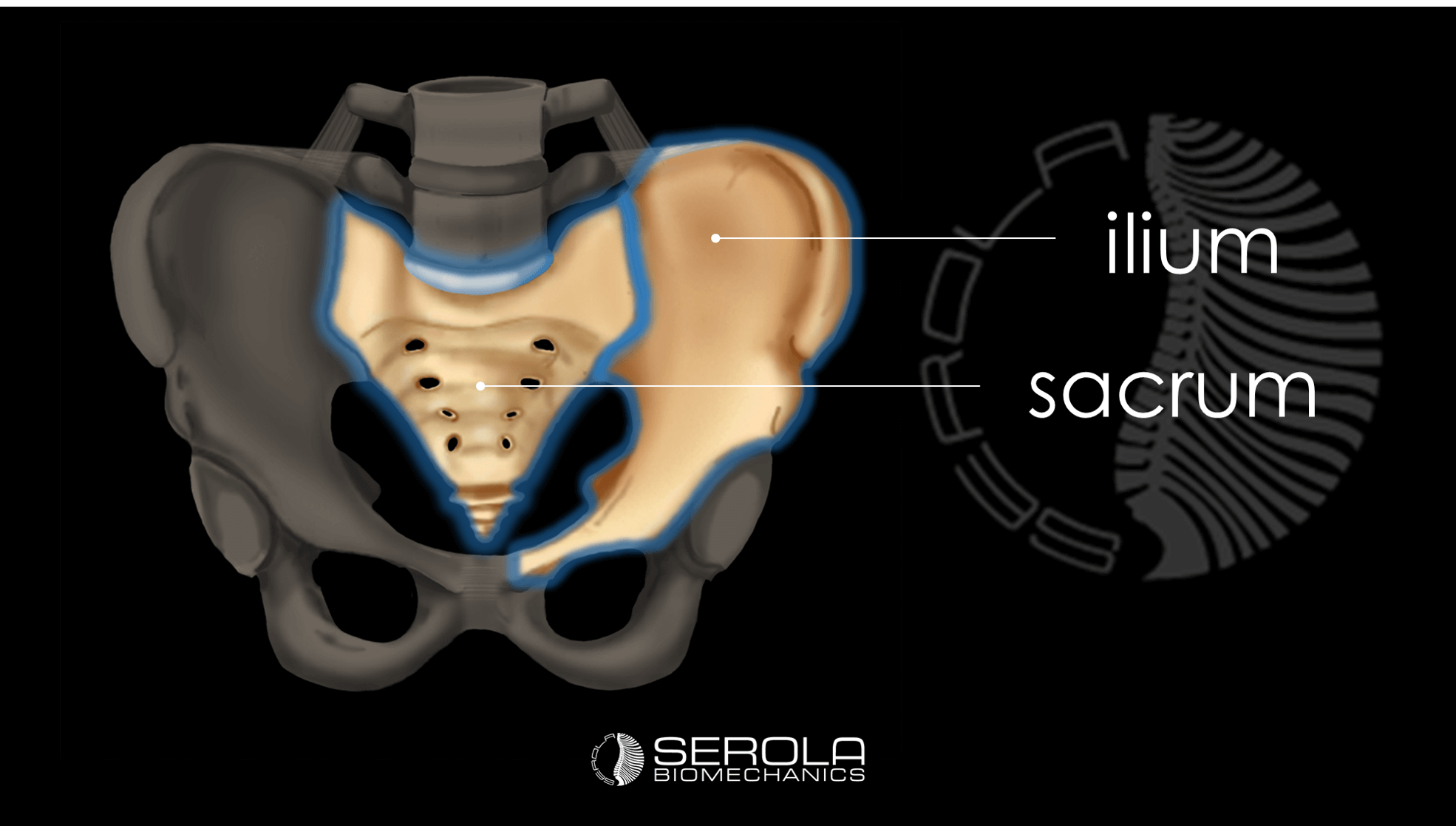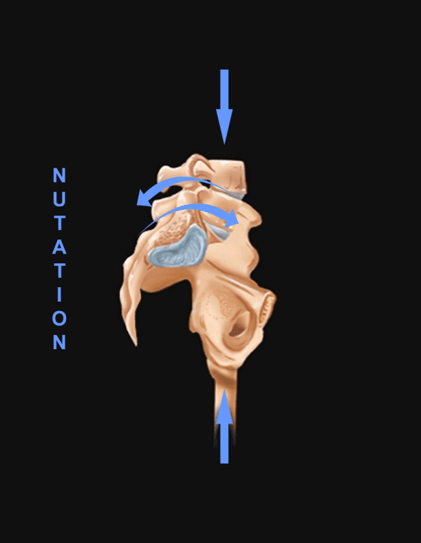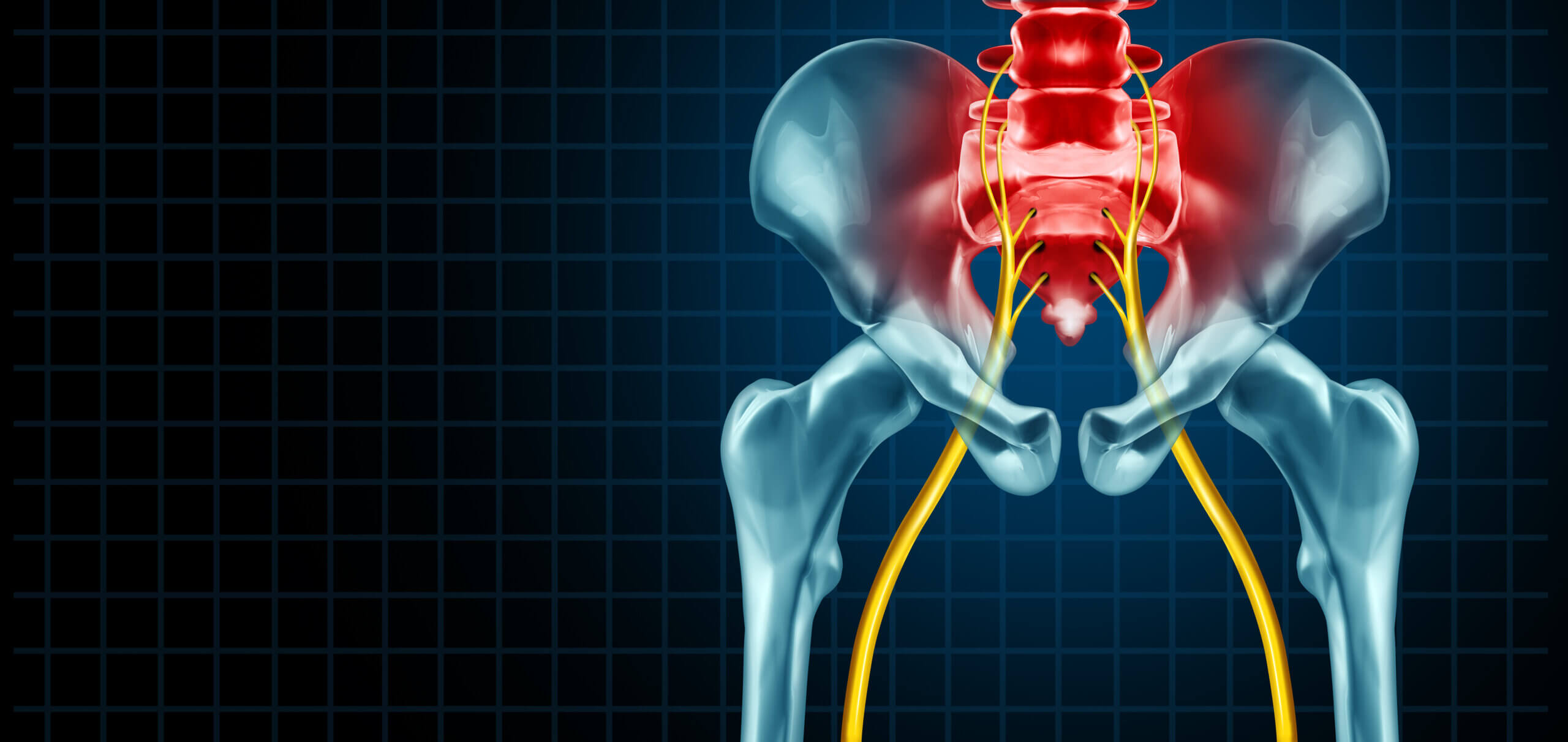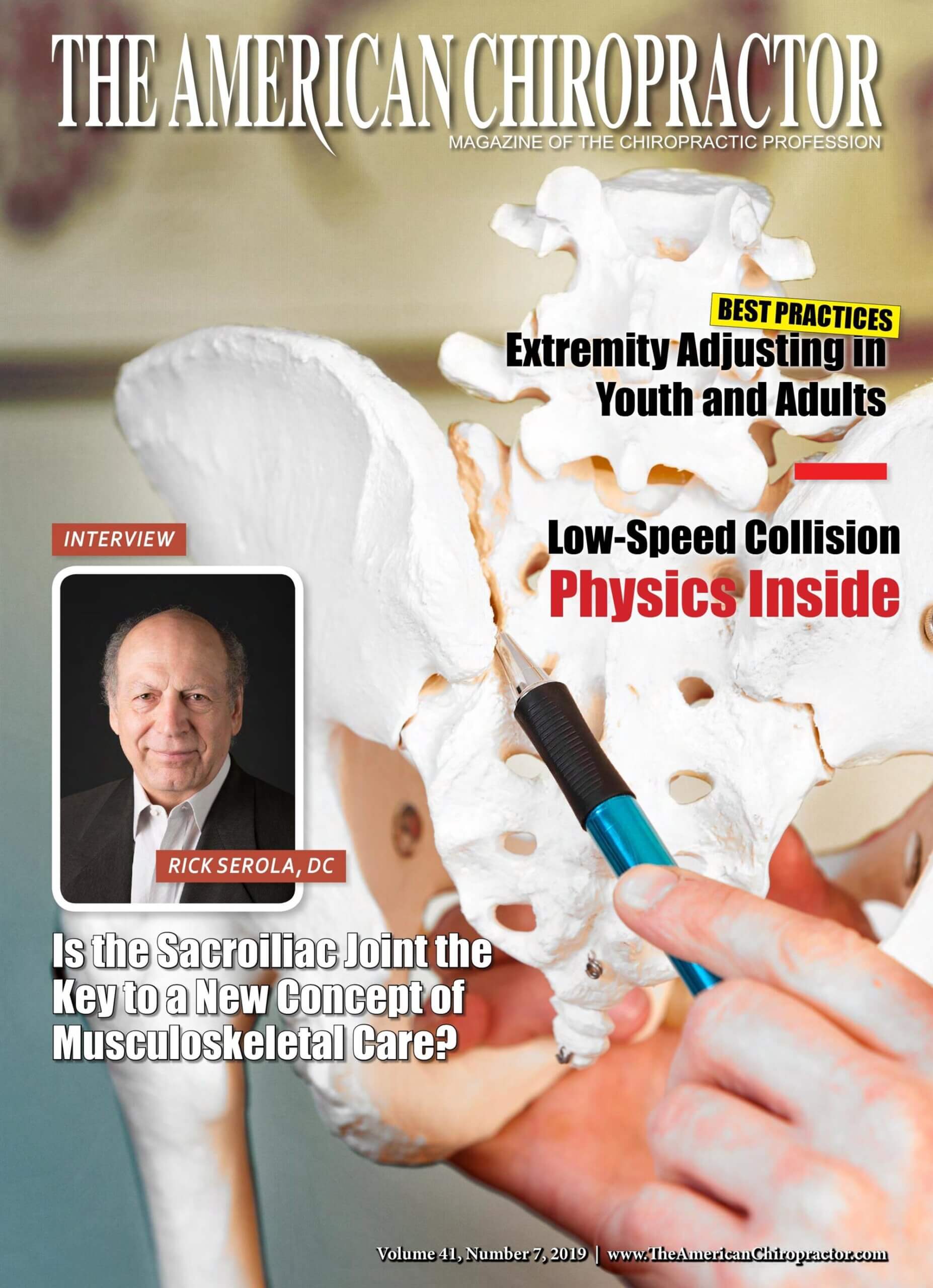
It is easy to acknowledge that our entire body revolves around our core; it just makes sense. But, aside from recognizing that principle, it is difficult to visualize what is going on in there. When we talk of the core, we are usually thinking about muscles, but the true core is deep within the muscles, i.e. the pelvis. But, even within the pelvis the exact core consists of the joints …



